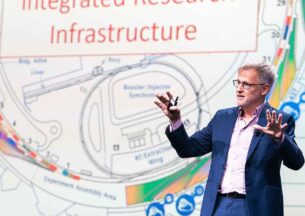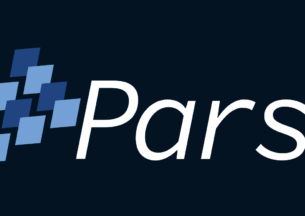David Lindlbauer (ETH Zurich) - Dynamic Visual Appearance to Bridge the Virtual and Physical World
Dynamic Visual Appearance to Bridge the Virtual and Physical World
In the virtual world, changing properties of objects such as their color, size or shape is one of the main means of communication. Objects are hidden or revealed when needed, or change their color or size to communicate importance—properties that cannot be changed instantly in the real world. Bringing these richer features to the real world would enable us to access the virtual world in ways beyond flat displays and 2D windows, and embed information into the physical objects by making them dynamic. But this can be challenging to achieve.
In this talk, I will present three distinct aspects that are important when bridging the gap between the virtual and the real world. First, I will present approaches that enable dynamic visual appearance of real-world objects and bridge the gap between the virtual and physical world: dynamic objects, augmented objects, and augmented surroundings. I will show examples of those enabling technologies, including transparency-controlled physical objects that can communicate with users by changing their perceived shape, and a way to alter the perception of existing physical objects by modifying their surrounding space. Secondly, to experience what a completely controllable physical world would be like, I will present an approach called Remixed Reality, which replaces what users see with rendered geometry. This enables showing virtual contents anytime in any shape or form, and making nearly arbitrary modifications to the environment. Finally, to avoid overloading users with virtual content, I will present an optimization-based approach for Mixed Reality systems to automatically control when and where applications are shown, and how much information they display, based on users' cognitive load, task and environment.
Host: Pedro Lopes

David Lindlbauer
David Lindlbauer is a postdoctoral researcher in the field of Human-Computer Interaction, working at ETH Zurich in the Advanced Interaction Technologies Lab, led by Prof. Otmar Hilliges. He holds a PhD from TU Berlin where he was working with Prof. Marc Alexa in the Computer Graphics group, and interned at Microsoft Research in the Perception & Interaction Group. His research focuses on the intersection of the virtual and the physical world, how the two can be blended and how borders between them can be overcome. He explores approaches that allow users to seamlessly transition between different levels of virtuality, from seeing the pure physical world without augmentation to fully artificial reality, and computational approaches to make such approaches more usable. He has worked on projects to expand and understand the connection between humans and technology, from dynamic haptic interfaces to 3D eye-tracking. His research has been published in premier venues such as ACM CHI and UIST, and attracted media attention in outlets such MIT Technology Review, Fast Company Design, and Shiropen Japan.












